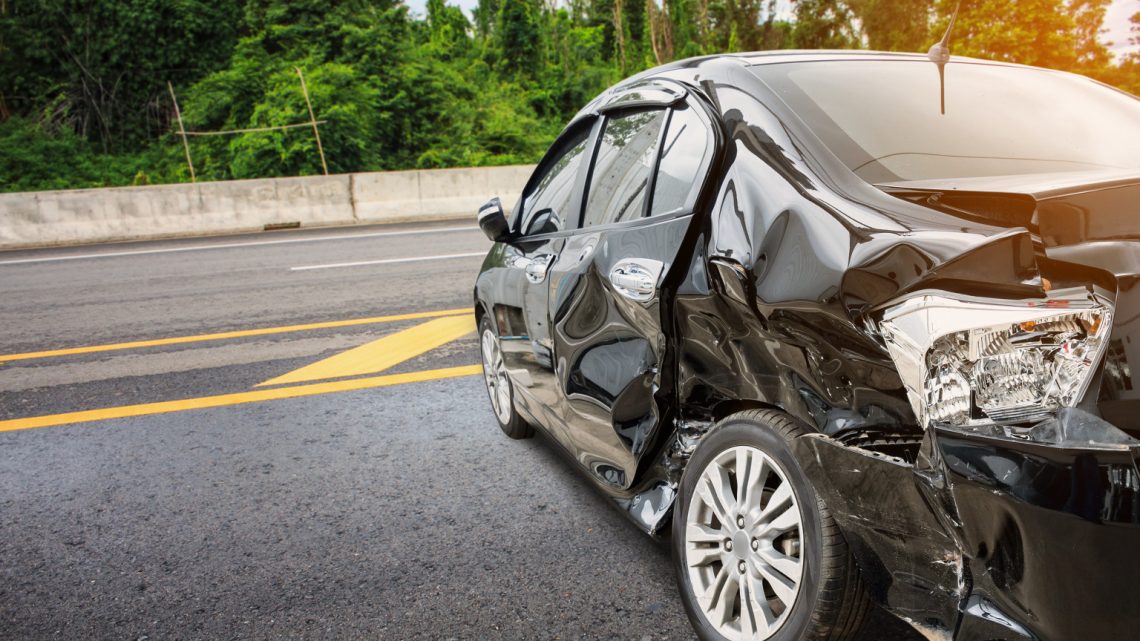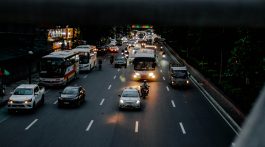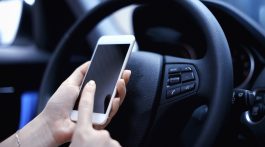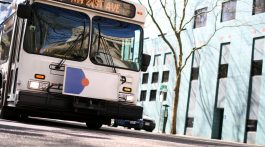In the chaos following a traffic accident, emotions can run high. Decisions and mistakes made in panic can have lasting consequences. There are certain mistakes to avoid after a car accident and one of them is fleeing the scene. But what exactly happens when someone chooses to leave the scene of an accident?
Immediate Consequences
When a driver flees the scene of a crash, they leave behind a slew of immediate consequences. First and foremost, they abandon their responsibility to render aid to any other injured parties. This is a legal requirement in most states. If medical attention is not sought immediately, injuries can become deadly and potentially cost lives. Leaving the scene also hinders the ability of law enforcement to conduct a thorough investigation into the causes of the accident, potentially impeding justice and making it more difficult to hold the responsible party accountable.
Legal Ramifications
An Albuquerque car accident lawyer from Caruso Law Offices, P.C. explained that from a legal standpoint, fleeing the scene of an accident is a serious offense with severe consequences. In most jurisdictions, it is considered a criminal offense, often classified as a hit-and-run. This can be classified as a misdemeanor or felony.
Misdemeanor Charges
A hit-and-run can be classified as a misdemeanor if the driver leaves the scene of an accident where they caused property damage, but there were no injuries or death. Being charged with a misdemeanor can still result in jail time and/or monetary fees. There is also a possibility of an extended probationary period.
Felony Charges
If a driver leaves the scene of an accident where there were injuries or death, they can be charged with a felony. This can result in years of prison time, fines, and victim restitution. An individual can still be charged with a felony if there were no injuries or death if there were no injuries or fatalities depending on the circumstances.
It’s important to note, that even if the accident was caused by another driver, you can still be charged with a felony if you don’t stop and provide identification to the other party and the police.
Civil Liability
Beyond the criminal penalties, fleeing the scene of a crash can also expose the individual to significant civil liability. By leaving the scene, the individual may be seen as admitting fault, making it easier for injured parties to pursue compensation through civil lawsuits. If it was a single-vehicle accident, the driver still owes a duty to find the property owners of any property that might have been damaged If a driver, for any reason, leaves the scene, insurance companies may refuse to cover damages, leaving the individual personally responsible for any financial repercussions.
Ethical Considerations
Beyond the legal and financial implications, there are profound ethical considerations at play when someone flees the scene of a crash. Failing to take responsibility for one’s actions and abandoning those in need goes against the principles of empathy, compassion, and accountability. It demonstrates a disregard for the well-being of others and undermines the social contract that forms the basis of a civilized society.
Impact on Victims
For the victims of a hit-and-run accident, the repercussions can be devastating. Not only must they contend with physical injuries and property damage, but they may also experience emotional trauma and financial hardship. Being left alone at the scene of an accident can be a terrifying experience, particularly if medical attention is required. Moreover, the sense of injustice and betrayal resulting from the perpetrator’s decision to flee can compound the psychological toll on the victims and their families.
Fleeing the scene of a crash is a reckless and irresponsible act with far-reaching consequences. From legal penalties to ethical considerations and the impact on victims, the ramifications of such actions are profound. It is imperative for drivers to understand their obligations in the event of an accident and to fulfill their duty to their fellow motorists and pedestrians.




No Comment